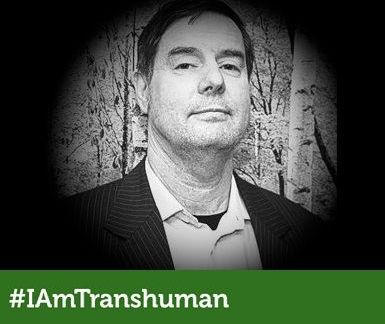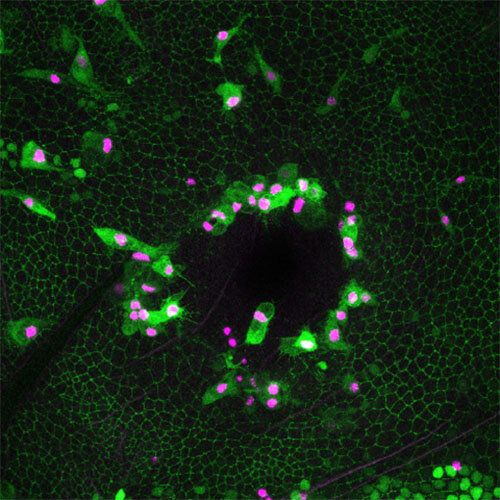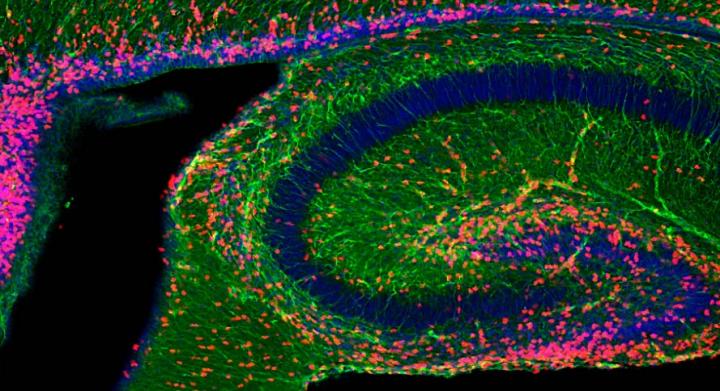Get the latest international news and world events from around the world.
(LIVE) EMYLE — “Walk On The Moon”
Will they be singing this “up there” in a few years? smile
An original song performed live by EMYLE 11/18/19
Voice-EMYLE
Guitar-EMYLE
Lyrics & melody by Emily Stein 2019.

Zoltan Istvan, Donald Trump’s new GOP challenger for president, wants you to live forever
Some important news out today, and we hope to have an official announcement in the next 24 hours or so as my team makes final preparations. Thank you for your support!
Zoltan Istvan, a leader of the transhumanist movement to merge humans with technology, is challenging Trump with a plan for America that’s beyond radical.


Gravitational Waves Could Uncover Missing-Link Black Holes
Scientists hope that the future of gravitational wave detection will allow them to directly observe a mysterious kind of black hole.
Gravitational wave detectors have seen direct evidence of black holes with roughly the mass of giant stars, while the Event Horizon Telescope produced an image of a supermassive black hole billions of times the mass of our Sun. But in the middle are intermediate-mass black holes, or IMBHs, which weigh between 100 and 100,000 times the mass of the Sun and have yet to be directly observed. Researchers hope that their new mathematical work will “pave the way” for future research into these black holes using gravitational wave detectors, according to the paper published today in Nature Astronomy.

Nanoracks just booked a SpaceX launch to demo tech that turns used spacecraft into orbital habitats
SpaceX is going to launch a payload for client Nanoracks aboard one of its new rideshare missions, currently targeting late 2020, that will demonstrate a very ambitious piece of tech from the commercial space station company. Nanoracks is sending up a payload platform that will show off how it can use a robot to cut material very similar to the upper stages used in orbital spacecraft — something Nanoracks wants to eventually due to help convert these spent and discarded stages (sometimes called “space tugs” because they generally move payloads from one area of orbit to another) into orbital research stations, habitats and more.
The demonstration mission is part of Nanoracks’ “Space Outpost Program,” which aims to address the future need for in-space orbital commercial platforms by also simultaneously making use of existing vehicles and materials designed specifically for space. Through use of the upper stages of spacecraft left behind in orbit, the company hopes to show how it one day might be able to greatly reduce the costs of setting up in-space stations and habitats, broadening the potential access of these kinds of facilities for commercial space companies.
This will be the first-ever demonstration of structural metal cutting in space, provided the demo goes as planned, and it could be a key technology not just for establishing more permanent research families in Earth’s orbit, but also for setting up infrastructure to help us get to, and stay at, other interstellar destinations like the Moon and Mars.

Scientists discover body’s protection shield
Scientists have discovered a way to manipulate the body’s own immune response to boost tissue repair. The findings, published in Current Biology today, reveal a new network of protective factors to shield cells against damage. This discovery, made by University of Bristol researchers, could significantly benefit patients undergoing surgery by speeding recovery times and lowering the risk of complication.
When a tissue is damaged, (either accidentally or through surgery), the body quickly recruits immune cells to the injury site where they fight infection by engulfing and killing invading pathogens, through the release of toxic factors (such as unstable molecules containing oxygen known as “reactive oxygen species” e.g. peroxides). However, these bactericidal products are also highly toxic to the host tissue and can disrupt the repair process. To counteract these harmful effects the repairing tissue activates powerful protective machinery to “shield” itself from the damage.
Now, researchers from Bristol’s School of Biochemistry studying tissue repair, have mapped the exact identities of these protective pathways and identified how to stimulate this process in naïve tissues.

